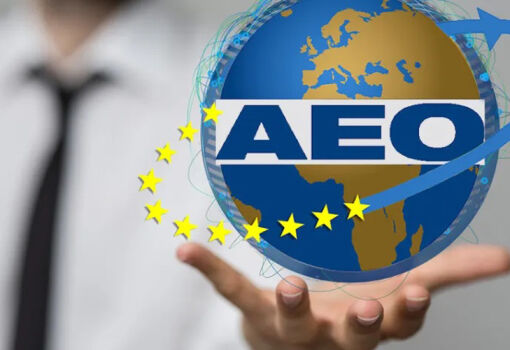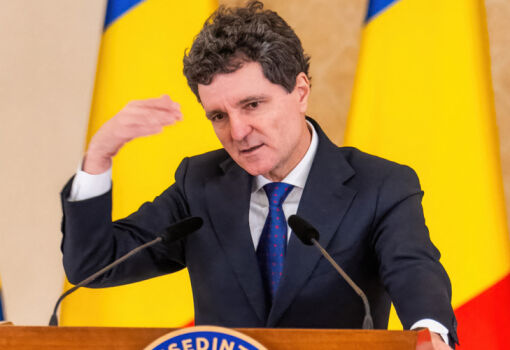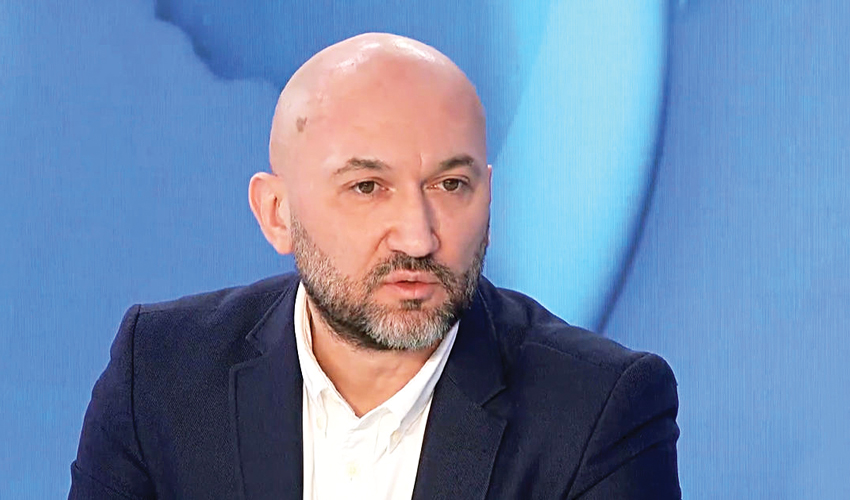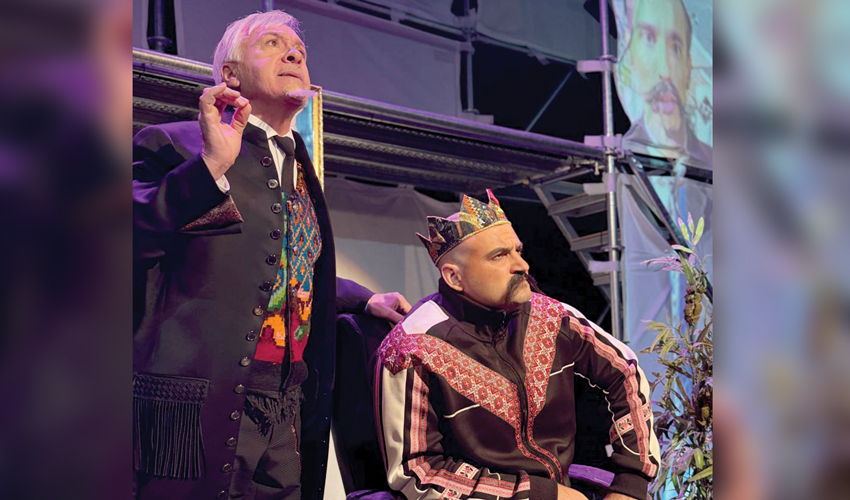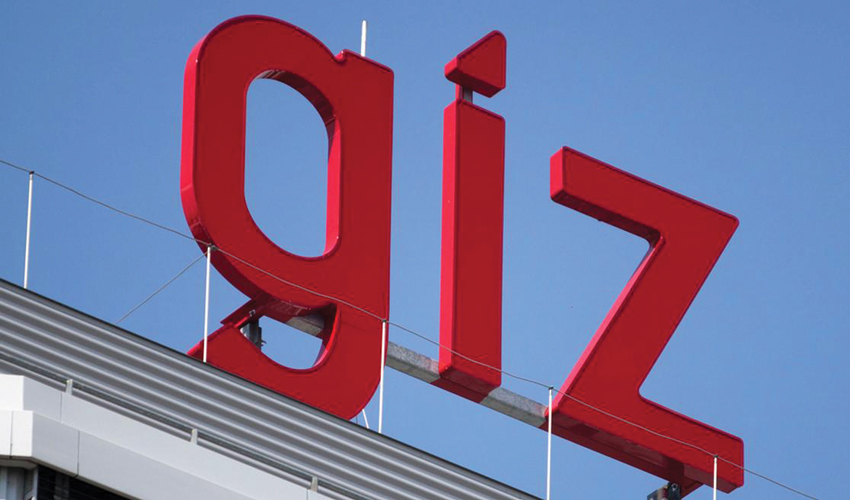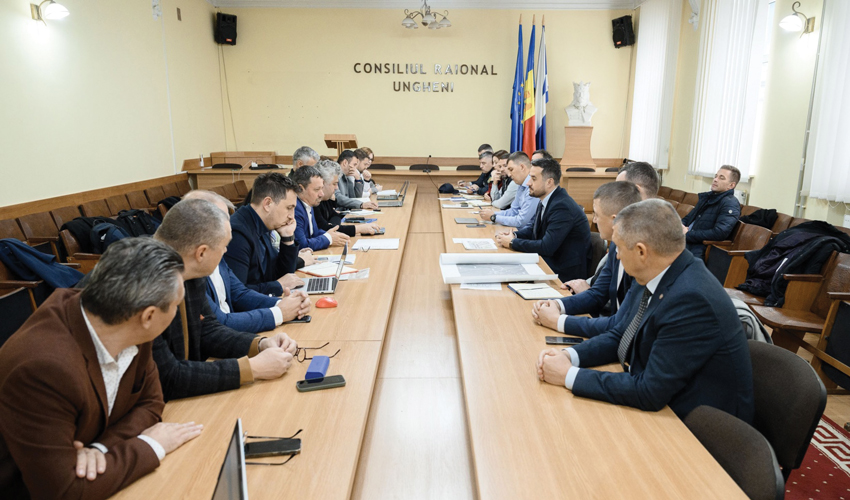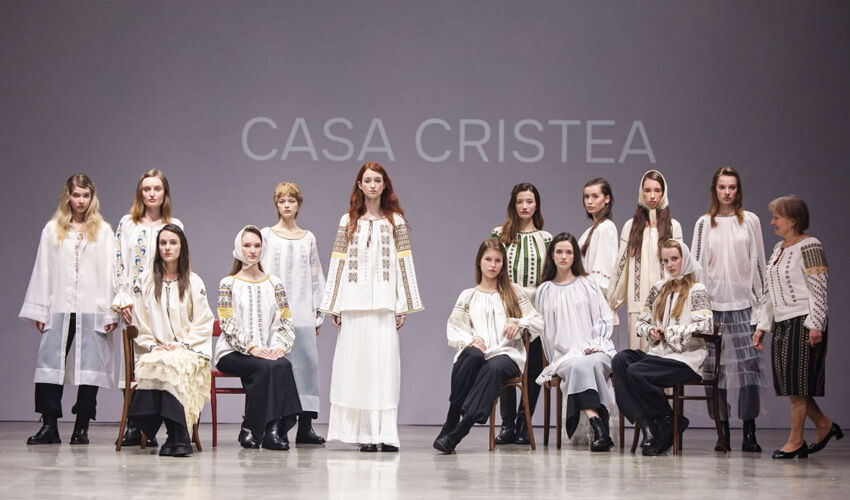
A key element of the professional evaluation was the composition of the international jury. It included Peter Movrin (Richemont Group), Diana Michenay (Alexander McQueen), Valerie Specht (Vogue Germany), Lionard Miskiewicz (Alexander Wang), Alex Tunsu (Erdem), Diana Pernet (ASVOFF) and Cassell Ferere (Reverie: Page, Forbes).
The jury evaluated not only the artistic solutions, but also the strategic thinking of the participants – the ability to combine aesthetics, technology and sustainable production within a holistic brand identity. For Moldova, this model becomes a tool for professionalizing the industry, introducing international practices and building confidence in the national fashion industry.
MBR’s international recognition is confirmed by regular mentions in leading trade publications – Vogue (Germany, Turkey/Adria, Italy), WWD Japan, Forbes, Metal Magazine and FashionUnited. Such media verification strengthens the positioning of the platform in the global context and enhances the export potential of Moldovan designers.
The opening of the week started with the show of the designer Vyaz / Denis Vang, who presented The Box collection. The show was designed in a performance format, where each zone reflected a certain emotional state. The space was divided into several rooms, creating a dramaturgy of transition – from loss of control to inner recovery.
According to the designer, the performance format allowed the collection to be transformed from an object of observation into a part of the viewer’s experience, where light, sound and movement act as means of communication.
The program continued with the presentation of the Flori de Mai collection, a brand created by designer Elena Rotaru. The concept of the show was dedicated to the themes of contemplation and awareness. Natural fabrics, laconic forms and muted palette expressed the idea of slow rhythm – a valuable resource of modern society.
The final show of the day was presented by Alexey Sorokin, who combined elements of fashion and street art in his collection. The demonstration took place on the Great National Assembly Square, where the urban environment became part of the scenography. The designer performed a musical part on a cello, and the models moved among passers-by, turning everyday space into an element of the concept.
After the show, the Moldovan Brands Runway evening continued with the presentation of Ok Kino brand, founded by designers Daria Golneva and Denis Kaunov. The collection was presented in a chamber format – in the space of their own atelier, which allowed to emphasize the content and technological side of the work.
The collection is executed in the style of architectural minimalism. Its structure is based on a clear cut, calibrated proportions and the logic of functionality. The centerpiece is a white transformer shirt inspired by the designer’s family history: the memory of his grandfather who wore several shirts at the same time. The choice of white symbolizes the local identity and visual image of Chisinau, where whitewashed facades remain part of the urban aesthetic.
The Ok Kino brand combines local cultural codes with an international design language. After participating in regional and European fashion weeks, including Mercedes-Benz Fashion Week Tbilisi, the brand has received orders from Europe and the USA. Ok Kino collections have been presented at venues in Milan, London and Bucharest, and the pieces are sold in online stores and boutiques, including Demain Retro (Paris), with prices ranging from 150 to 800 euros.
Ok Kino demonstrates a holistic approach to the development of an export-oriented fashion industry. The foundation of the brand’s strategy is a combination of artisan traditions, modern design and sustainable production principles. This approach shows how Moldovan fashion is gradually becoming part of the country’s new cultural economy.
The emergence of brands of this level creates conditions for the formation of infrastructure projects that bring together local producers and international companies on one commercial platform.
On October 3, the Moldovan Brands Runway program opened with the presentation of the concept store Dofamin – one of the key projects of the fashion ecosystem in Chisinau. Created by Eugenia Gruzdeva, Dofamin is the first space in Moldova that operates according to the conceptual retail model. The range includes Mugler, ALOHAS, Camperlab, as well as Ok Kino and Litkovska (Ukraine).
Coperni, Maison Margiela and Dries Van Noten will join in the coming season, confirming Dofamin’s growing integration into the European fashion market. Founded in 2023, the project is based on the model of exclusive brand representation and has become an important element of the Moldovan fashion industry infrastructure.
The Moldovan Brands Runway program continued in Mediacor, where a series of catwalk shows took place, bringing together 15 collections and demonstrating the geographical and aesthetic diversity of the region.
The participants included designers from Moldova, Ukraine, Romania and Georgia, including Casa Cristea, Julia Allert, Mihnea Covaci (RO) and God Era (GE).
The final day on October 4 turned Chisinau into an outdoor stage. Shows took place in public spaces – theaters and on the streets.
Designer Ludmila Storozhuc, founder of the Altezza Fashion brand, presented her collection on the territory of the old Republican Stadium. The collection was based on clear architectural lines and the concept of double suits, combining elements of classic and modern cut. The show was accompanied by a miniature fencing performance emphasizing the discipline of form and precision of movement.
In the afternoon, Barbara Collection presented its new collection at the Green Theater in Chisinau. The open-air space formed a natural scenography, where architecture and natural environment became part of the visual context of the show. This format demonstrates the growing attention of Moldovan Brands Runway organizers to the search for new spatial solutions and forms of interaction with the city.
The final event of the week was the show of SANNÀT brand, held in the Luceafărul Theater. The format combined fashion and theater art, turning the stage into a space of visual exploration of form and movement. The use of draperies, light accents and slow movements of the models created a stage composition where fabric and light interacted as a single artistic system.
The SANNÀT brand presented the V collection as part of Eugène Ionesco’s production Vicontele (Le Vicomte). The collection was integrated into the theatrical action, which allowed to combine fashion design, scenography and acting into a single performative structure.
According to the designer, the choice of theater was a conscious one – the desire to show clothes as part of the live interaction of man, form and space. The performance format turned the collection into an instrument of visual dialog between fashion and theater.
Special attention was paid to the interaction of fabric and light. The theater stage required a different plasticity of materials: dense wool, cotton and viscose reacted differently to the lighting, forming the effect of sculpture and dynamics.
The show was held in parallel with the performance: actors played roles in clothes from the collection, and models appeared on stage, among the audience and in the aisles.
Besides the catwalk events, the fall season of Moldovan Brands Runway included a pop-up exhibition of young brands, presenting different trends – from clothes and accessories to jewelry and care products. Among the participants were Rebro, Atelier Cappa, Niche, Igla Bags, Evasha, Contradraft, Straderm and Vois. The pop-up format was a platform for the intersection of artisanal practices, experimentation and entrepreneurialism. It was an opportunity for emerging designers to make themselves known, and for the industry it was a step towards the formation of a new professional environment.
Today Moldovan Brands Runway is not just a cultural event, but a full-fledged element of the national creative infrastructure. The platform demonstrates how creative initiatives can become an instrument of economic growth and a part of the state strategy for the development of creative industries. In a country traditionally dominated by agriculture and industry, MBR has become an example of the emergence of a new sector – the economy of ideas, measured by job creation, exports and international interest.
The image capital gained by Moldova remains a significant result. Publications about MBR in Vogue, WWD, Forbes, FashionUnited form a modern image of the country – associated not only with agricultural production, but also with design, culture and innovation. For investors and international partners, this is a signal that there is a sustainable creative ecosystem capable of generating competitive products and cultural meanings.
If at the first stages Moldovan Brands Runway was perceived as a project of enthusiasts, today it has become a model of sustainable development and an example of how the creative sector can bring real economic returns.








